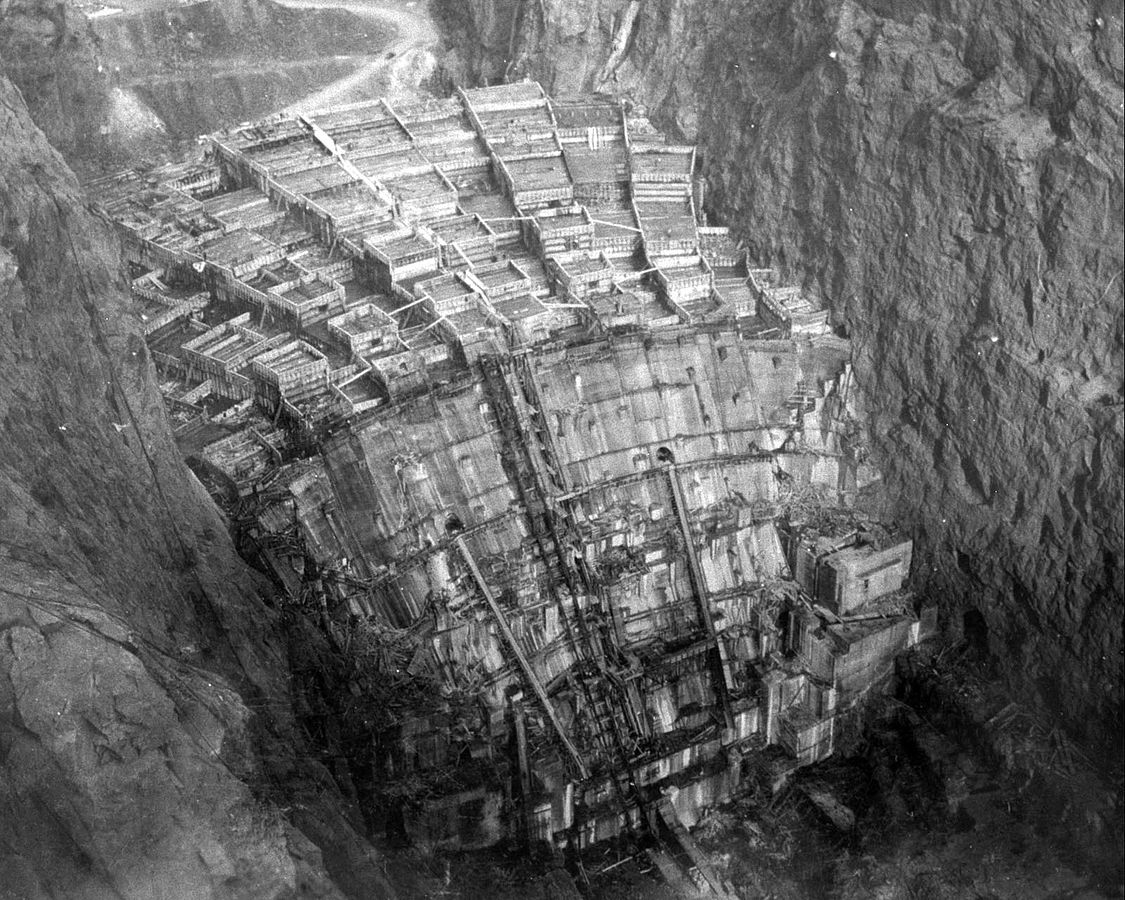In domestic affairs, the 1920s were a time of frantic prosperity for the many who played the stock market. These were the years of Prohibition, of the speakeasy and the bootlegger, when the American media—newspapers, magazines, radio, and motion pictures—gave the impression that the entire nation was absorbed by short skirts, loosened sexual mores, new dances, and bathtub gin.
Such activities occupied only a tiny minority of the people, of course, just as the “whipped cream” culture of turn-of-the century Vienna had been unrepresentative of most Austrians. But by the 1920s there was a significant difference. Agricultural workers who had never recovered their sense of prosperity and people who still held to Victorian standards of conduct would be led to believe that boundless riches, social vacuity, and sin were typical of the upper classes.
The era was also a time of marked industrial progress, of solid advancement of the national plant and productive capabilities, vindicating President Calvin Coolidge’s contention that “the business of America is business.” It was an era of the steady expansion of standards of living heretofore limited to the relatively few, standards of living that seemed to some intellectuals vulgar, but that were nevertheless a new thing in the world. Unknown in Europe and envied there, the new lifestyle, vulgar or not, was much desired by nearly everyone. The United States became, in this era, the first true consumer society.
The era ended with the onset of the Great Depression. In 1928 Wall Street had enjoyed an unprecedented boom. Speculators by the millions were playing the market, buying stocks in hopes of quick resale at huge profits. They paid only a fraction of the cost in cash, borrowing the balance from their brokers, and often borrowing the cash investment as well.
Not only stocks but houses, furnishings, automobiles, and many other purchases were financed on borrowed money. Credit swelled until it was no longer on a sound basis in a largely unregulated economy. Eventually, shrewd investors began to sell their holdings in the belief that the bubble would soon burst. The result was a self-fulfilling prophecy: a disastrous drop in stock values, beginning in October 1929 and continuing almost without letup to 1933. Both the speculators and the lenders were ruined.
The immediate cause of the Great Depression, then, was the stock market crash. About the more deepseated causes there is no complete agreement. Yet this much seems certain: Prosperity was very unevenly distributed among the various sectors of the American economy and American society. Agriculture, notably, suffered a kind of permanent stagnation throughout the 1920s. In 1918 farmers had commanded very high prices for their produce and enjoyed an apparently insatiable market at home and abroad.
They expanded their production and borrowed to finance the expansion, often at a reckless rate. Then, as “normalcy” returned in the early 1920s, the foreign market dried up, the home market shrank, farm prices fell rapidly, and the foreclosure of farm mortgages began. Wage-earning workers, though not as hard hit as the farmers, gained comparatively little increase in their purchasing power during the 1920s. Workers often did raise their standard of living by purchasing a house or a car, but they did it on credit, by assuming the burden of a heavy mortgage or by financing the purchase on long-term installments.
The Great Depression was very severe in many countries throughout the world, but nowhere was it worse over a sustained period than in the United States. Its effects may be measured by the figure of 16 million men unemployed at the low point in the early 1930s—something like one third of the national labor force. In terms of gross national product (GNP), one widely accepted statistic for calculating the health of an economy, the figure in 1929 had been cut nearly in half by 1933.
Yet this grave crisis in the American economy produced almost no organized movements of revolt, no threat of revolution. Some intellectuals of the 1930s did indeed turn to “social consciousness,” and Marxism made converts among writers and artists. But the bulk of the population did not abandon their fundamental belief that the solution lay in the legal means provided by existing American institutions.
Even before the election of President Franklin D. Roosevelt (1882-1945) in 1932, local authorities and private charities did much to soften the worst sufferings of the unemployed. They were helped by the Reconstruction Finance Corporation (RFC), which advanced government credits to release the frozen assets of financial institutions severely affected by the wave of bankruptcies and bank failures.
President Herbert Hoover was generally committed to the philosophy of laissez faire, however, and aside from the RFC, his administration did little to cushion the effects of the depression. People who wanted a more vigorous attack on economic problems voted for the Democrats in 1932; significantly, very few voted for the socialist or communist candidates. In the crisis of the Great Depression, the two-party system continued to meet the basic political needs of most Americans.

